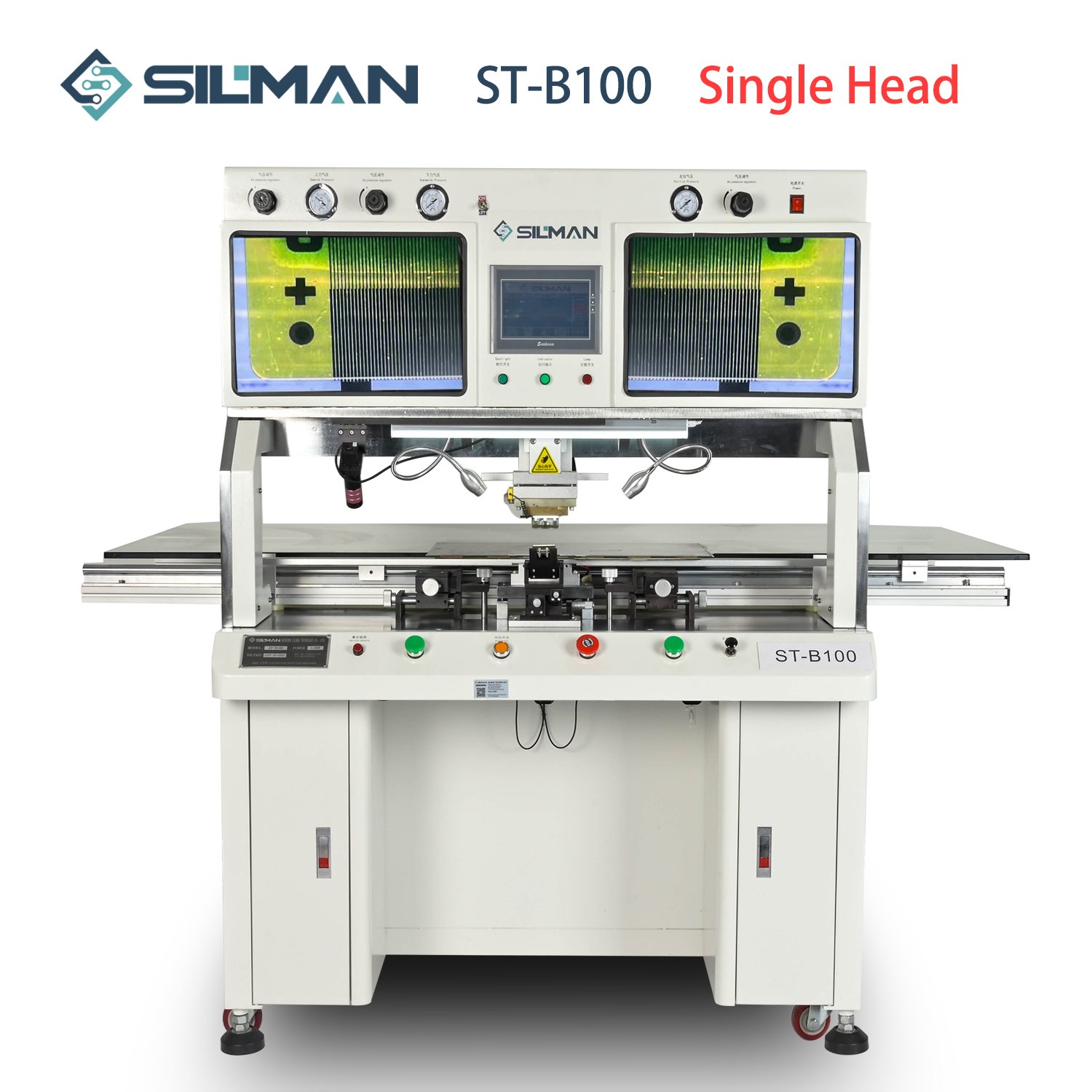Selective wave soldering is an efficient and precise soldering technique. It employs positioning devices and control systems during the soldering process to confine the soldering area to the desired parts. This method enhances soldering quality, reduces energy consumption, and improves production efficiency. Selective wave soldering is commonly used in the production of electronic components, automobiles, mechanical manufacturing, and other fields. The process of selective wave soldering includes:
Selective Wave Soldering Process:
- Equipment and Tools for Selective Wave Soldering: Selective wave soldering requires specialized equipment and tools such as soldering machines, drive systems, control systems, nozzles, etc. The soldering machine is the core equipment of selective wave soldering, capable of generating high-frequency currents and magnetic fields to induce eddy currents and heat in the soldering area. The drive system is used to move the soldering components to the soldering position, the control system regulates soldering parameters, and the nozzle is used to spray protective gas.
- Setting Process Parameters for Selective Wave Soldering: The setting of process parameters for selective wave soldering includes soldering speed, soldering temperature, protective gas flow rate, etc. Soldering speed is one of the crucial factors affecting solder joint quality, as both too fast or too slow can affect solder joint formation. Soldering temperature is influenced by factors such as material, thickness, soldering speed, etc., and needs to be adjusted according to the actual situation. The flow rate of protective gas needs to be determined based on the size, shape, and material of the soldering components.
- Operating Steps for Selective Wave Soldering: The operating steps for selective wave soldering include preparation, equipment debugging, soldering component fixation, setting process parameters, soldering initiation, inspection of solder joints, etc. During selective wave soldering, the soldering components need to be cleaned and treated to ensure soldering quality. Then, equipment debugging is performed, and process parameters are set according to the actual situation. Next, the soldering components are fixed on the soldering platform, and soldering is carried out. Finally, inspection and evaluation are conducted.
In selective wave soldering, the process parameters and operating steps are critical for achieving high-quality solder joints and efficient production.
